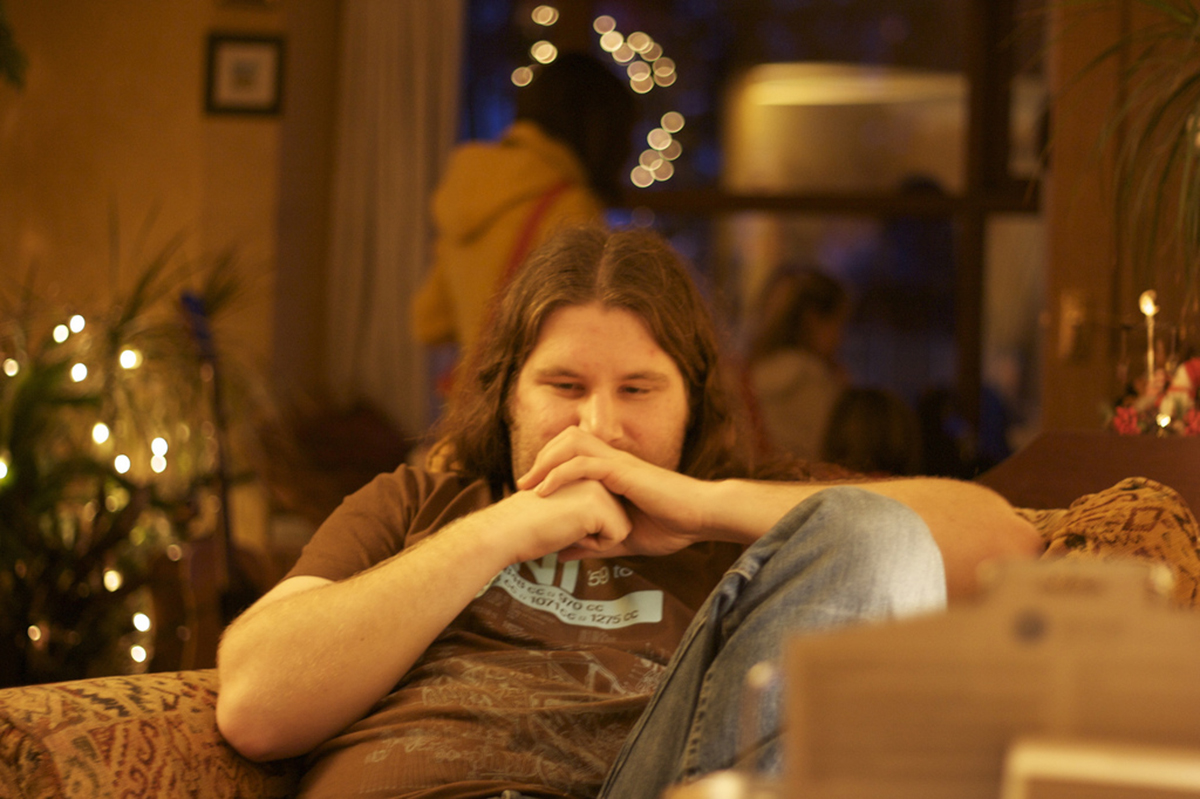Table of Contents
How Do You Know If Your Liver Is Damaged?
Some people will get obvious warning signs, like jaundice or severe pain in the region of the liver — on the right side of your upper abdomen and under your floating ribs, and feeling very different from a stitch. Others won't know until ultrasounds for other ailments like gallstones reveal fatty deposits in the liver, or until a blood tests shows elevated transamines (liver enzymes) in their blood. So the short answer is: you probably won't know. By the time serious pain and jaundice are letting you know something's wrong, it's very wrong.

Obesity Risk Factors
Alcohol Risk Factors
You can look at your drinking to assess your risk of alcoholic fatty liver disease. If you drink every night, that's a risk factor. If you regularly drink more than you should, that's a risk factor. Trouble is, many opt us don't know where these lines are. How much is too much?
If you drink only what you're supposed to, you could still be damaging your liver. The entire process of alcohol breakdown takes about 48 hours, so your blood alcohol might be back to normal but your liver is still filled with alcohol breakdown products — you know, the ones that cause FLD. You need to take several consecutive days off drinking alcohol every week to keep your liver safe, according to Andrew Langford. "The important word here is 'consecutive'," he emphasizes. "Your liver needs at least 48 hours to start repairing itself."
There's no drug therapy for fatty liver, but the damage is often reversible and even degenerative damage like cirrhosis can be halted. The only solution is lifestyle changes: it's never what people want to hear, but it saves lives — maybe yours. Watch your calories — binge drinking is known to trigger excess eating — and watch the quality of your diet.
See Also: Wine Not? The Health Benefits And Dangers Of Your Wine Drinking Habit
- Photo courtesy of Scragz via Flickr: www.flickr.com/photos/scragz/152636264
- Photo courtesy of Soapbeard via Flickr: www.flickr.com/photos/soapbeard/4216899392


Your thoughts on this